Tips for a Road Trip from the UK to France, we’ve assembled a list of crucial items to pack and important considerations for your UK-to-France road trip.
“Tips for a Road Trip from UK to France: A Must-Read Checklist”
Here are some valuable tips to keep in mind as you hit the road in France:
- Ensure You Have All the Necessary Paperwork
- Pack Essential Equipment for Your Journey
- Stay Informed About Speed Limits
- Plan for Tolls on Autoroutes
- Obtain a Clean Air Sticker for City Driving
- Confirm the Legality of Your Child Seats
- Disable Speed Camera Detectors on Your Sat Nav
- Understand Right of Way Rules
These tips will help make your driving experience in France safe and hassle-free.
Ensure You Have All the Necessary Paperwork:
To comply with the regulations set by the local authorities in France, it’s essential to carry more than just your driving license and passport when you embark on a road trip in the country. Along with these crucial documents, you should also have your motor insurance certificate, which verifies that you possess the minimum insurance coverage necessary for driving in France.
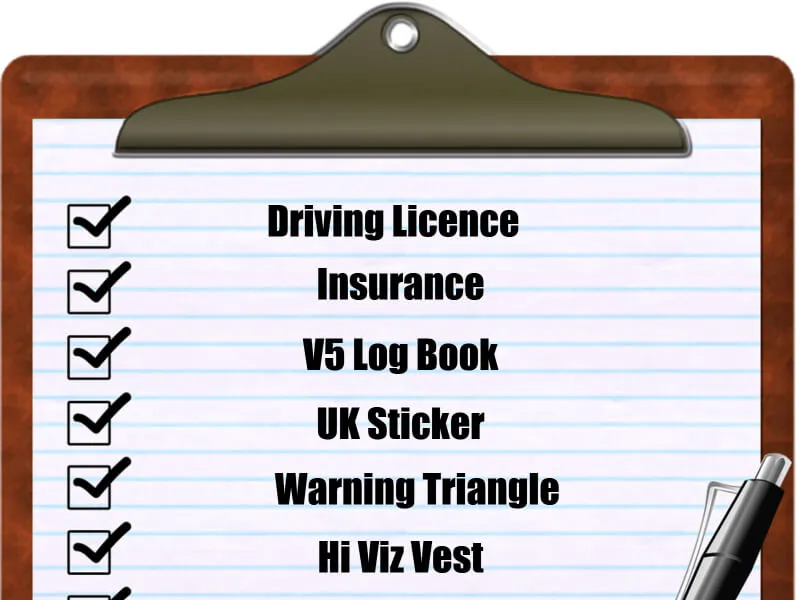
Additionally, make sure to bring your car’s logbook or V5C document as proof of ownership. It’s also a good idea to carry a national ID card with you, just to be on the safe side.
Pack Essential Equipment for Your Journey:
In France, strict regulations dictate the equipment and gear you must keep in your car at all times. These essential items encompass warning triangles and reflective jackets for both yourself and all passengers, intended for use in case of a breakdown. It’s also important to have spare lamp bulbs readily available. Additionally, unless your car’s number plate already bears the UK identifier on the left-hand side, you should display a ‘UK’ sticker clearly on the rear of your vehicle.
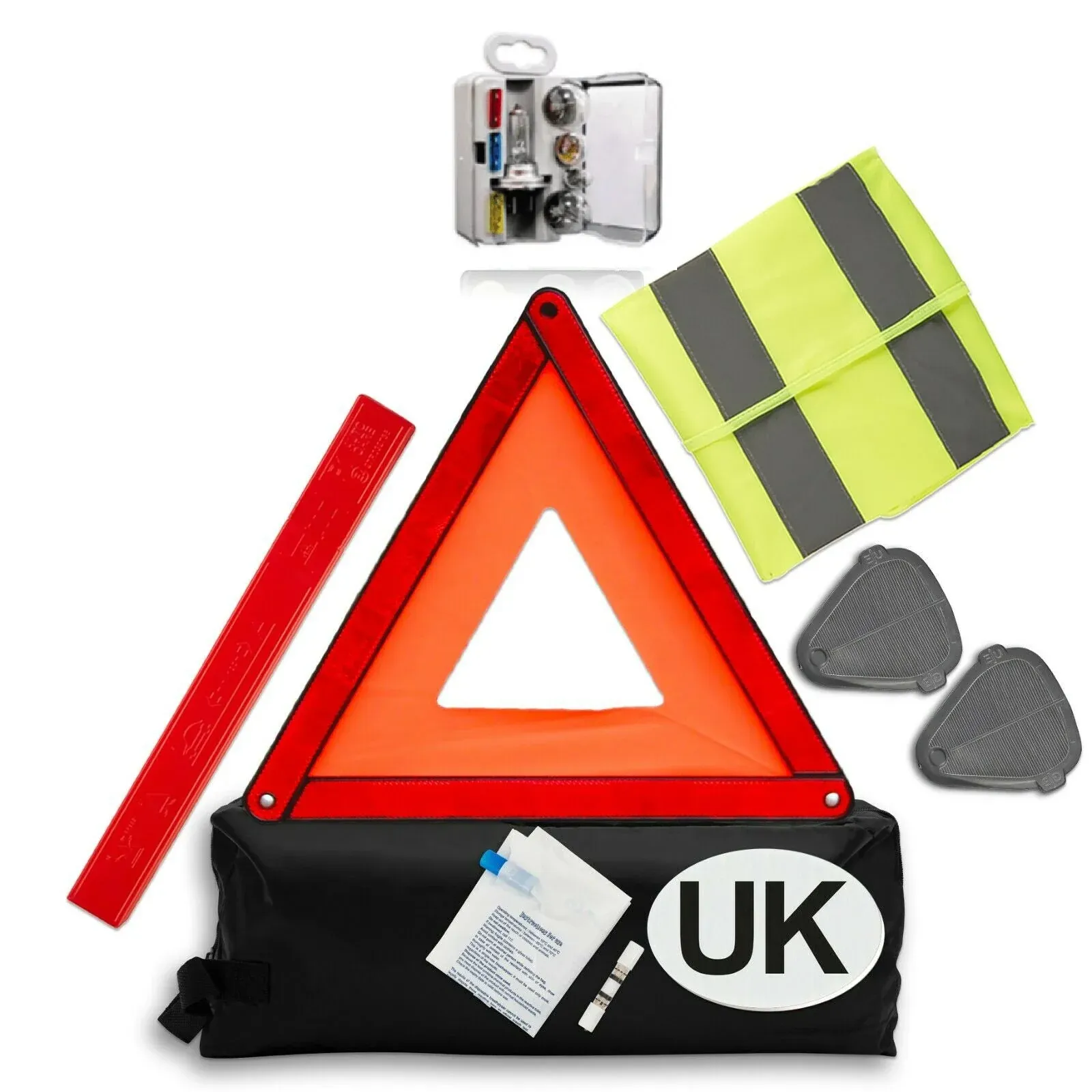
To prevent your car’s headlights from causing glare to other road users (due to their default left-side angle), headlight deflectors are a practical addition. Depending on the season, you may also be required to fit snow chains to your car’s tires. Furthermore, it’s strongly recommended to carry alcohol breathalyzers when driving in France, even though the penalty for not having one has been waived at the time of writing, they are still officially designated as mandatory equipment.
Stay Informed About Speed Limits:
In the UK, speed limits are measured in miles per hour, while in France (as in many other European countries), they are recorded in kilometers per hour. Most cars are equipped with dual speed measurements on their speedometers. For cars designed for the UK market, miles per hour is typically indicated on the outer part of the dial, while kilometers per hour is shown on the inner part.

However, it’s not just the difference in measurement units that you need to be mindful of; road speed limits can also vary depending on weather conditions. For instance, on France’s autoroutes, the speed limit is 130 km/h in dry conditions, but it decreases to 110 km/h when it’s wet and further reduces to 50 km/h in foggy weather.
Plan for Tolls on Autoroutes:
Most of France’s autoroutes are tolled, meaning you’ll be required to pay a fee for using them. The toll charges vary depending on the specific section of the autoroute you’re traveling and the duration of your journey on it.
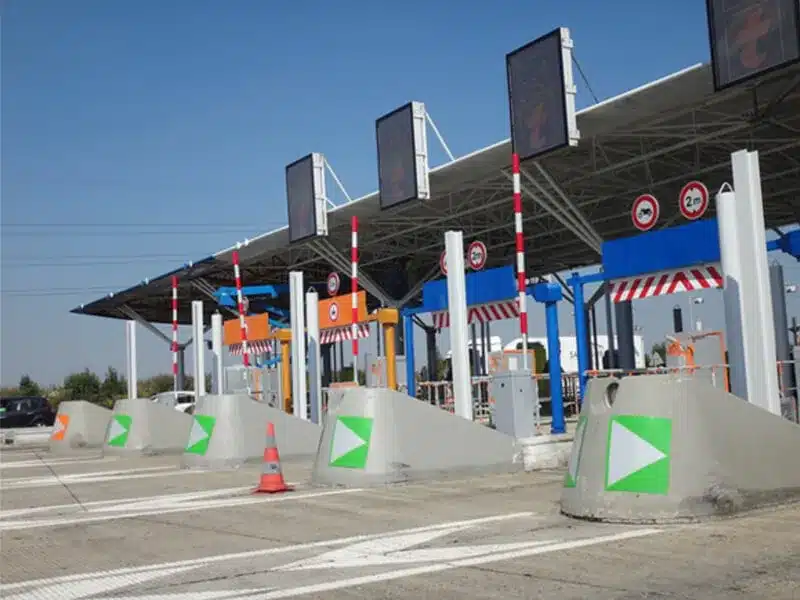
If your travel itinerary involves primarily using these main roads or covering a significant distance on autoroutes in France, the toll expenses can add up considerably. Therefore, it’s essential to budget adequately to accommodate these toll costs.
Obtain a Clean Air Sticker for City Driving:
Several French cities have implemented stringent clean air zones that only permit entry to vehicles adhering to specific emissions standards. To gain access to these zones, your vehicle must comply with the emissions regulations, and you must display a designated “Crit’Air” vignette on your car as proof of compliance. It’s worth noting that these vignettes are not provided free of charge; they must be purchased through the French government website, incurring a cost of €3.11, in addition to a postage fee of €1.40. It’s advisable to plan well in advance as the process of obtaining a Crit’Air vignette can take up to six weeks, ensuring you have it in hand before your journey through France.
Confirm the Legality of Your Child Seats:
When embarking on a family vacation in France, it’s essential to consider the need for child seats. Unlike the regulations in the UK, French child seat requirements are based on a child’s weight rather than their height. If your child is 10 years of age or younger and weighs under 15 kilograms, they are obligated to be seated in a child seat.
Disable Speed Camera Detectors on Your Sat Nav:
In the UK, it’s permissible to utilize technology that provides warnings about approaching speed cameras, but the same doesn’t hold true for France. French traffic laws consider even prompts from your sat-nav regarding speed cameras to be illegal. Furthermore, the penalties for using such technology in France are notably severe. If you’re caught using devices that reveal speed camera locations, you may be subjected to a substantial fine of €1,500.
Understand Right of Way Rules:
In France, the right of way is granted to traffic coming from your right-hand side. Hence, it’s crucial to remain vigilant for vehicles approaching from the right, especially at junctions and roundabouts. Additionally, when traveling downhill, it’s essential to yield to vehicles ascending the hill.
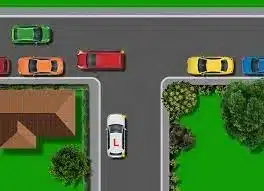
Roundabouts and Junctions:
When approaching roundabouts and junctions in France, always give way to vehicles arriving from your right. This is a fundamental rule to ensure smooth traffic flow and safety.
Uphill Priority:
When you’re driving downhill on a road, it’s courteous and safe to yield to vehicles that are traveling uphill. This practice helps maintain a steady flow of traffic and minimizes the risk of accidents.
What happens if I don’t have the required Crit’Air vignette for driving in French clean-air zones?
Without the Crit’Air vignette, you may be denied access to clean air zones, and you could face fines for non-compliance. It’s essential to obtain this vignette well in advance of your trip.
How can I check the specific speed limits on French roads, especially in different weather conditions?
You can find detailed speed limit information on road signs in France. Be sure to observe these signs as they change according to the road type and weather conditions.
Are there any specific rules for driving on French highways (autoroutes)?
Yes, French highways have their own set of rules. Keep to the right lane unless overtaking, and be prepared for toll booths, as most autoroutes are tolled. It’s also important to adhere to the speed limits, which can vary depending on weather conditions.
What is the legal blood alcohol limit for driving in France?
The legal blood alcohol limit in France is 0.05%, which is lower than the UK’s limit of 0.08%. It’s advisable to refrain from consuming alcohol if you plan to drive.
Can I use a mobile phone while driving in France?
Using a hand-held mobile phone while driving is illegal in France. Hands-free devices are permitted, but it’s recommended to use them sparingly and focus on the road.
How can I pay for tolls on French autoroutes, and are credit cards widely accepted?
Toll payments on French autoroutes can be made using cash, credit cards, or dedicated toll tags. Credit cards are generally widely accepted, but it’s advisable to carry some cash as well, especially for smaller toll booths.
What should I do if I get caught speeding or breaking other traffic rules in France?
If you’re caught breaking traffic rules in France, you may receive an on-the-spot fine. You can pay this fine directly to the police officer or contest it in accordance with French law. Be aware that fines can be steep, so it’s best to obey the rules to avoid penalties.
Do I need to carry any specific documents apart from my driver’s license and passport while driving in France?
In addition to your driver’s license and passport, you should carry your motor insurance certificate, car logbook or V5C document, and the “Crit’Air” vignette if your route includes clean air zones. Having these documents readily available is essential for a trouble-free journey.
Conclusion:
Tips for a Road Trip from UK to France- Understanding the unique rules and regulations for driving in France is vital for a safe and enjoyable road trip. Adhering to the right-of-way rules at junctions and roundabouts, yielding to uphill traffic, and complying with speed limits, clean air zones, and child seat requirements will help ensure a smooth and trouble-free journey. Make sure to plan in advance, obtain the necessary documents and equipment, and stay informed about the local traffic laws. Safe travels on the beautiful roads of France!
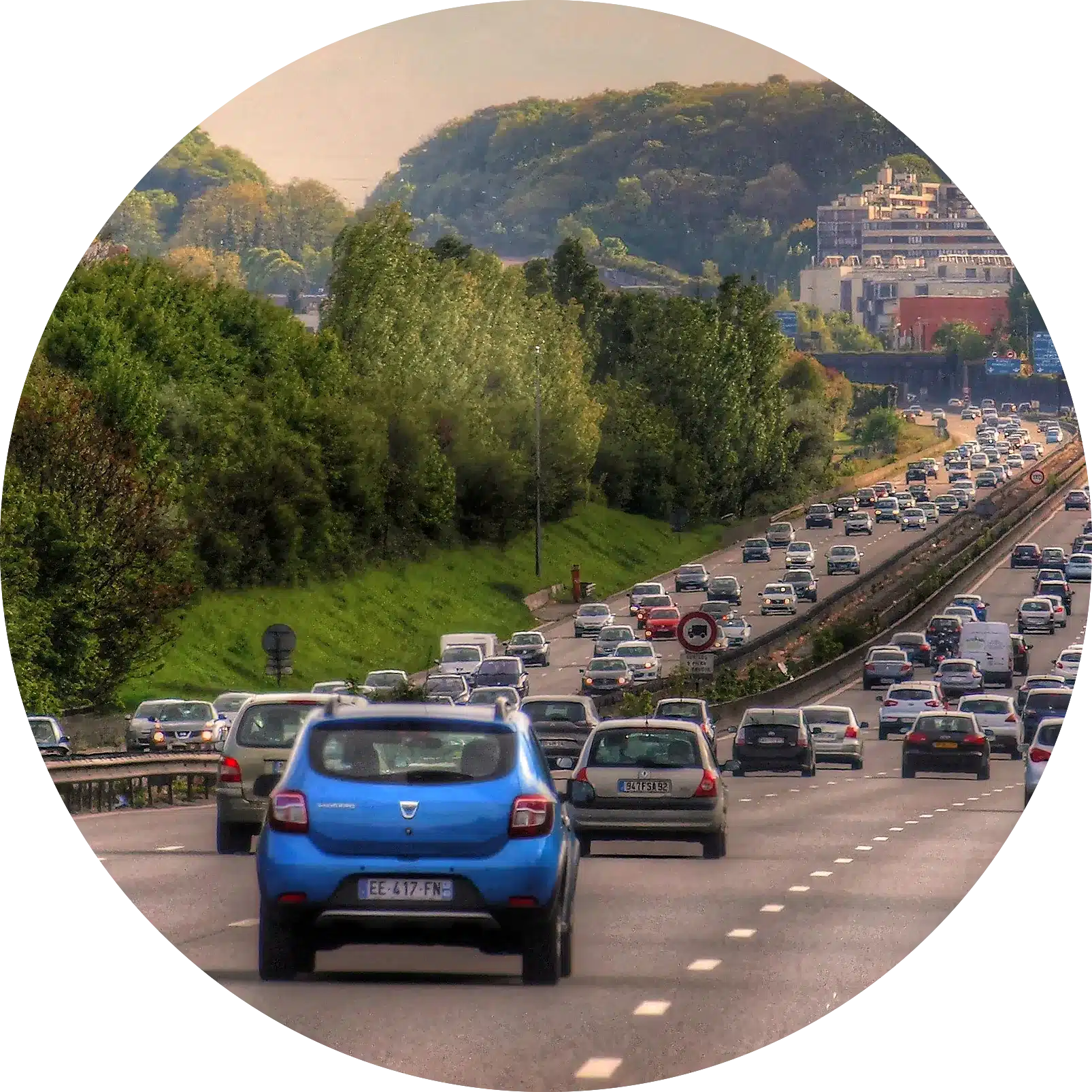
Can you be more specific about the content of your article? After reading it, I still have some doubts. Hope you can help me.